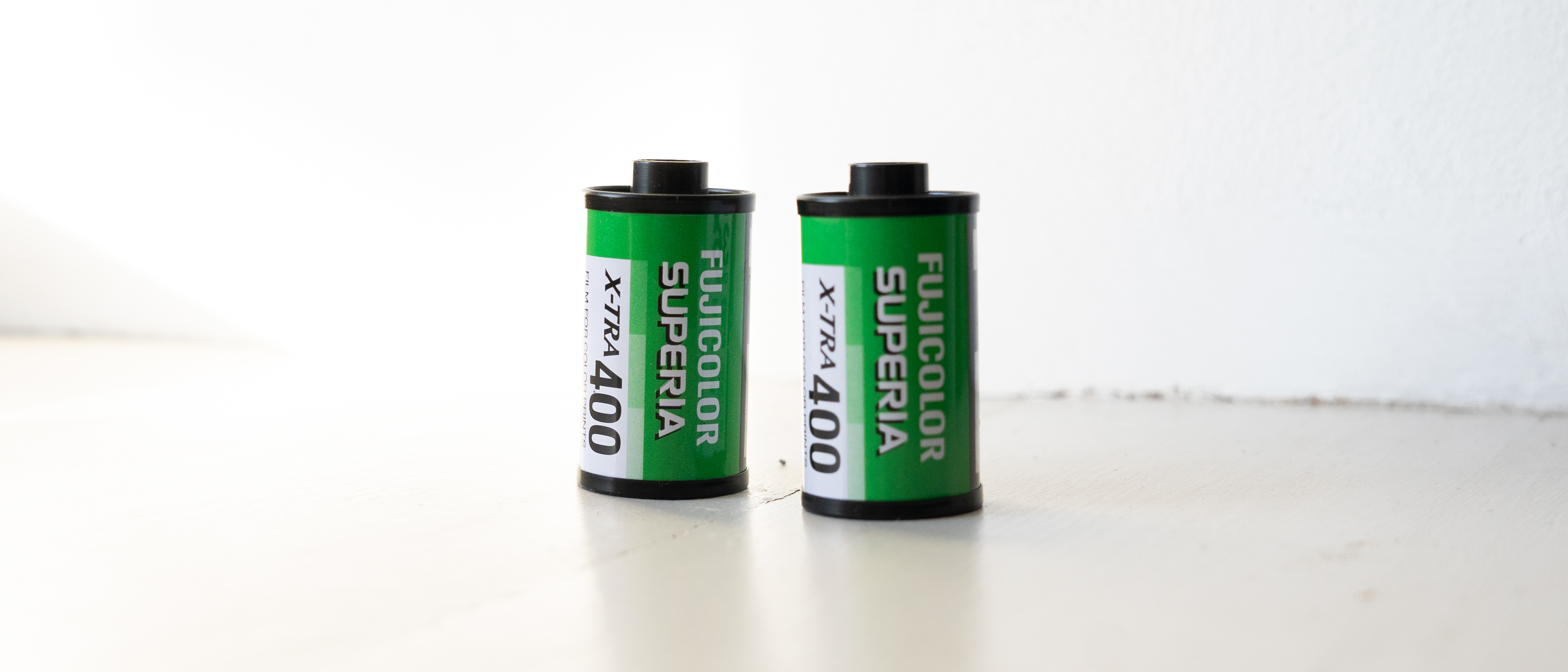Digital Camera World Verdict
After axing most of their range, Fujifilm Superia X-TRA 400 is one of Fujifilm's last remaining film stocks, but let's hope this sticks around as it is a brilliantly versatile and forgiving film, with a wide exposure latitude, good sharpness, and good color reproduction. However it is often let down by some strange hues when not exposed perfectly, and even when it is, magenta color casts tend to dominate.
Pros
- +
Versatile film with good dynamic range
- +
Minimal grain
- +
Great sharpness
- +
Easy to buy
Cons
- -
Expensive
- -
Can produce overly magenta hues
- -
More muted colors than others
Why you can trust Digital Camera World
Fujifilm Superia X-TRA 400 is a C-41 color negative film and was introduced in 1998 as a replacement for the Super G Plus branded film. It was aimed at a broad consumer market as an 'all-purpose film' to complete with Kodak Ultramax. However, the Superia film technology could challenge the quality of Kodak Porta 400, making it also popular with pro shooters.
It's one of the most commonly found films across the world, with it making its way onto the checkouts and end displays of supermarkets, drug stores, and kiosks everywhere. This is all down to its remarkable ease of use, and is one of our best 35mm films.
Despite film photography's remarkable comeback and the ludicrous success Fujifilm has had with its Instax film cameras, it has dropped the axe on a lot of its most popular film stocks. Fujifilm originally made Superia film in every ASA from 100 all the way to 1600, but these have slowly been sunsetted.
Fujifilm Superia X-TRA 400 has managed to survive the purge at the moment, although at a cost, no seriously, it is now ridiculously expensive.
Fujifilm Superia X-TRA 400 Specifications
Brand: Fujifilm
Speed: 400
Type: Color print
Balance: Daylight
Process: C-41
Format: 35mm
Fujifilm Superia X-TRA 400 Key Features
Fujifilm Superia X-TRA 400, as the name suggests has a medium speed of 400, meaning it is suitable for fast shutter speeds and has a wide exposure latitude, which allows for some flexibility in lower light conditions.
It has a fine grain structure, which Fujifilm calls Super Uniform Fine Grain technology. The film produces medium saturation, with accurate color reproduction, with the big feature of the X-TRA rebrand being the addition of a fourth cyan layer to the emulsion for better color reproduction under fluorescent lights.
The film is an 'all conditions film', making it a great choice for everything from portraits and landscapes. The film is also suitable for cross-processing, which can produce unique and interesting effects.
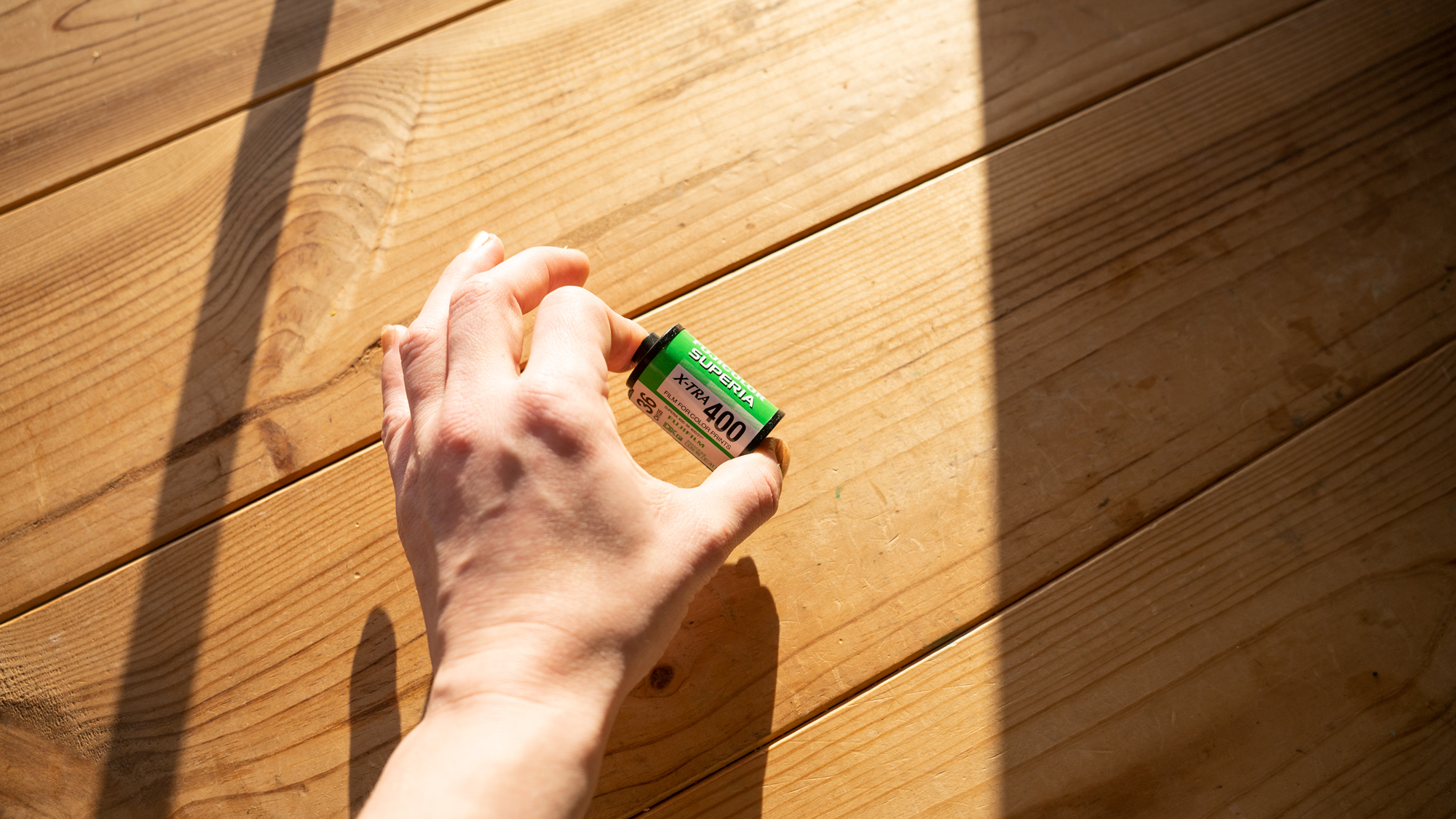
Fujifilm Superia X-TRA 400 Performance
Kodak Superia X-TRA 400 has proved to be very versatile, giving Kodak Porta 400 a run for its money. The dynamic range of Superia X-TRA is impressive, offering a large playground to under and overexpose your images while still managing to maintain details in the shadows and highlights when scanning.
Under or overexposing the Superia does run the risk of introducing strange color hues or changing the general tone, with underexposing producing cooler tones and overexposing warmer ones.
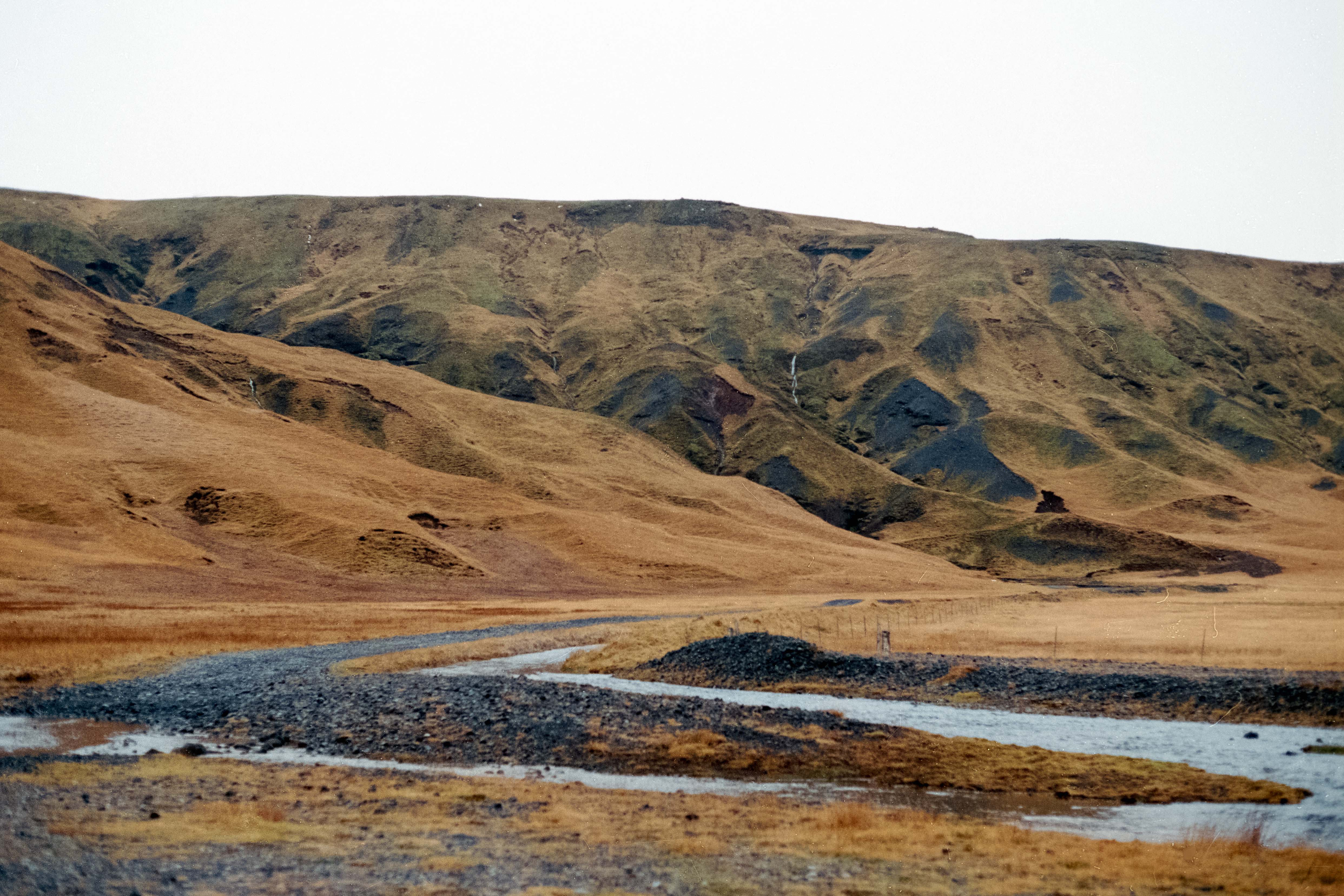
The Superia is best used outside, where if exposed correctly shows a very fine grain, however, the film does cope very well indoors too although grain will begin to creep up. Sharpness is generally fantastic when used with a high-quality lens.
The film has a medium contrast and saturation, although in many shots the colors came out to be quite muted when scanned. Superia X-TRA 400 has generally cooler tones than Kodak, with more of a focus on blue highlights.
One issue I found challenging with the X-TRA 400 was with its reproduction of a strong magenta color casts in a lot of otherwise properly exposed shots. This has been tested in a number of different cameras, and each time I found strong magenta hues in several scanned images.
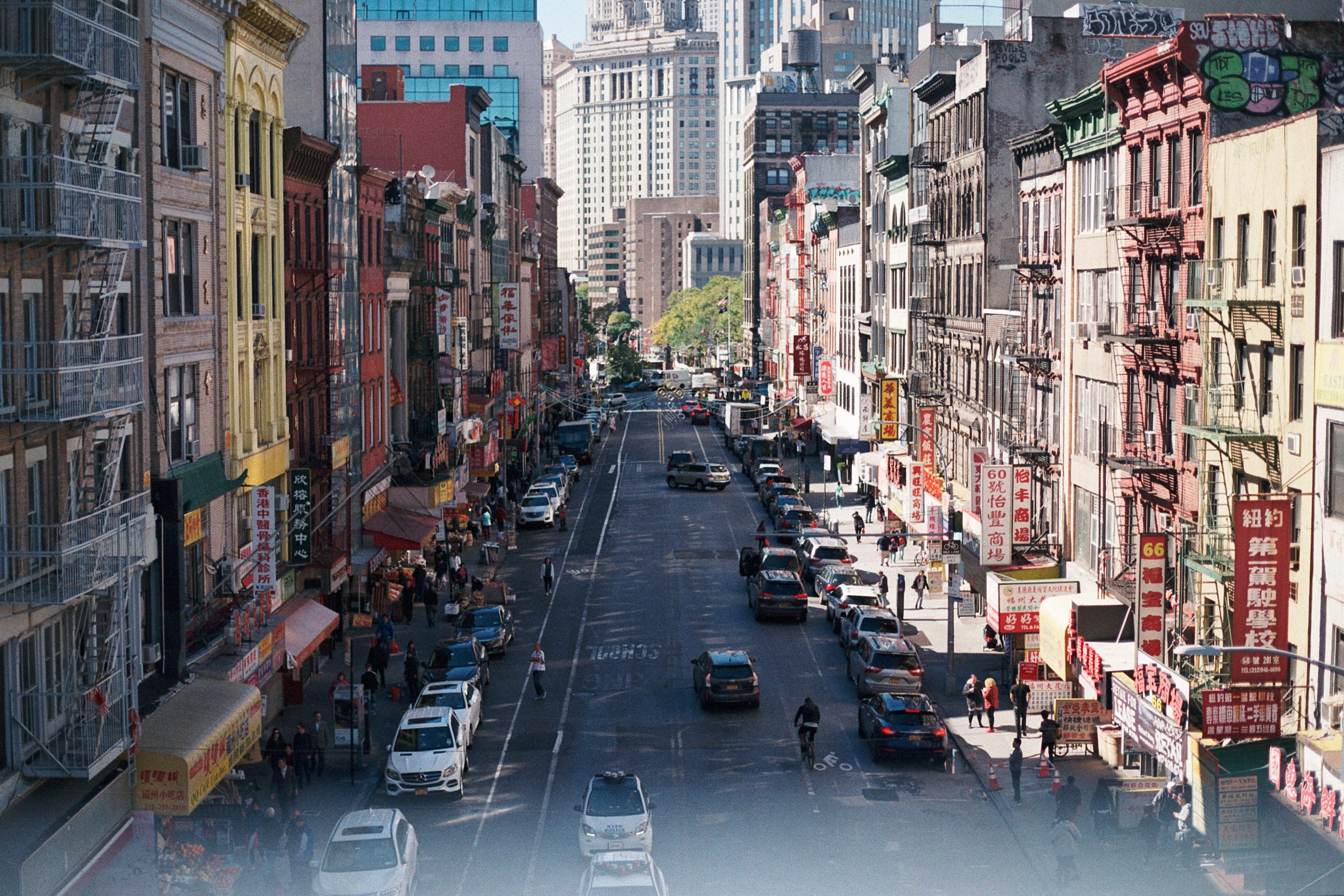
Fujifilm Superia X-TRA 400 Sample images
Sample images shot on a variety of cameras using Fujifilm Superia X-TRA 400.


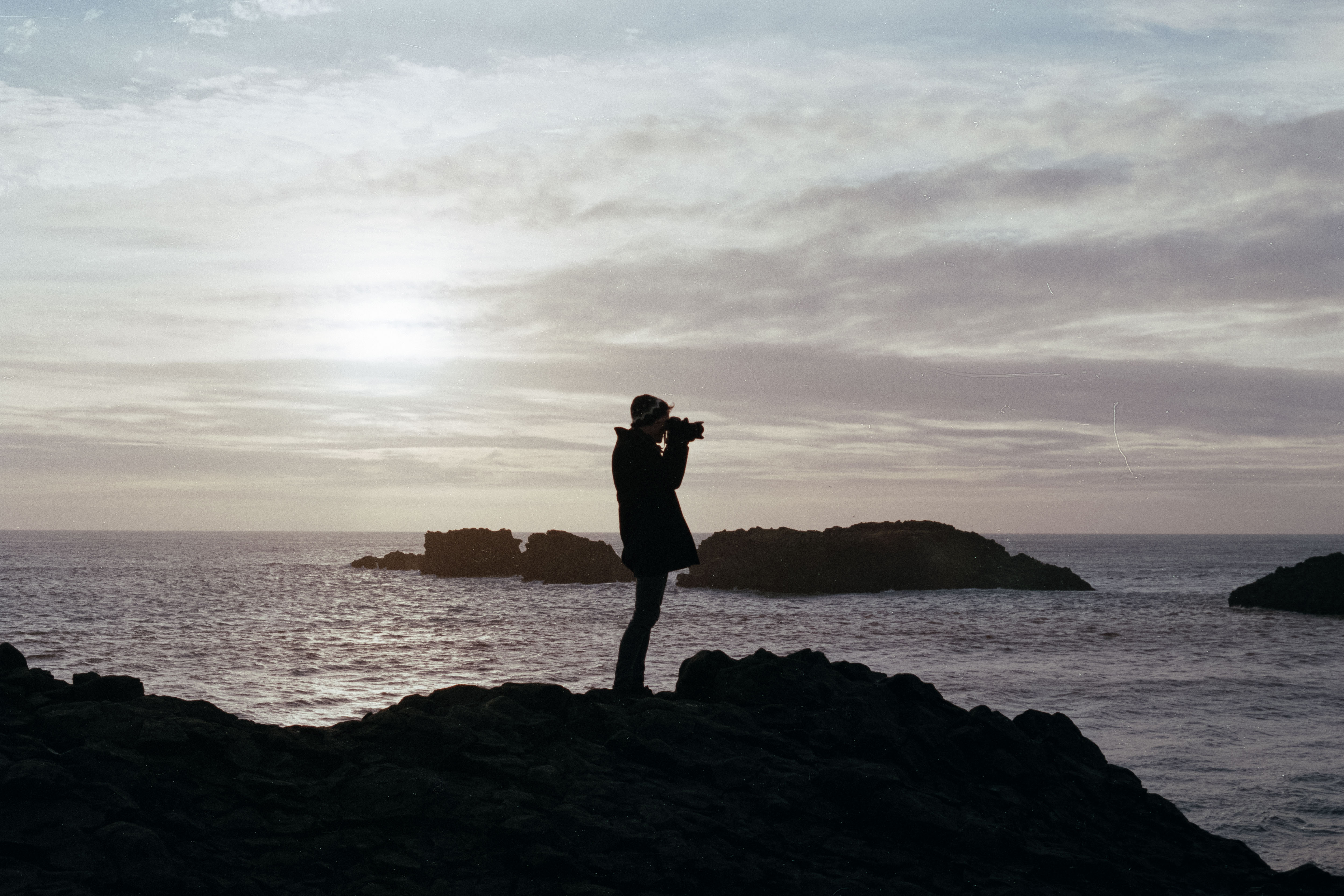
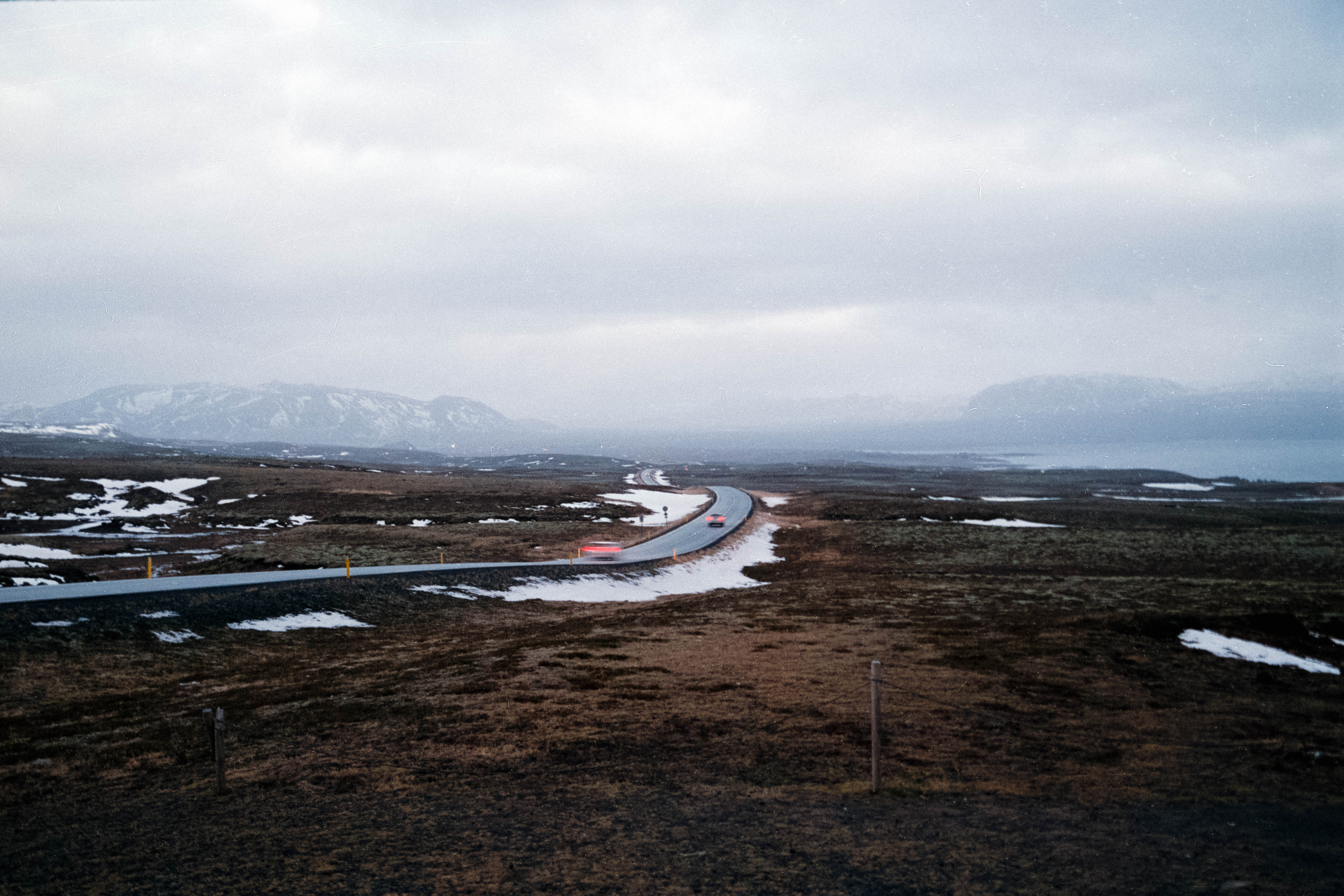
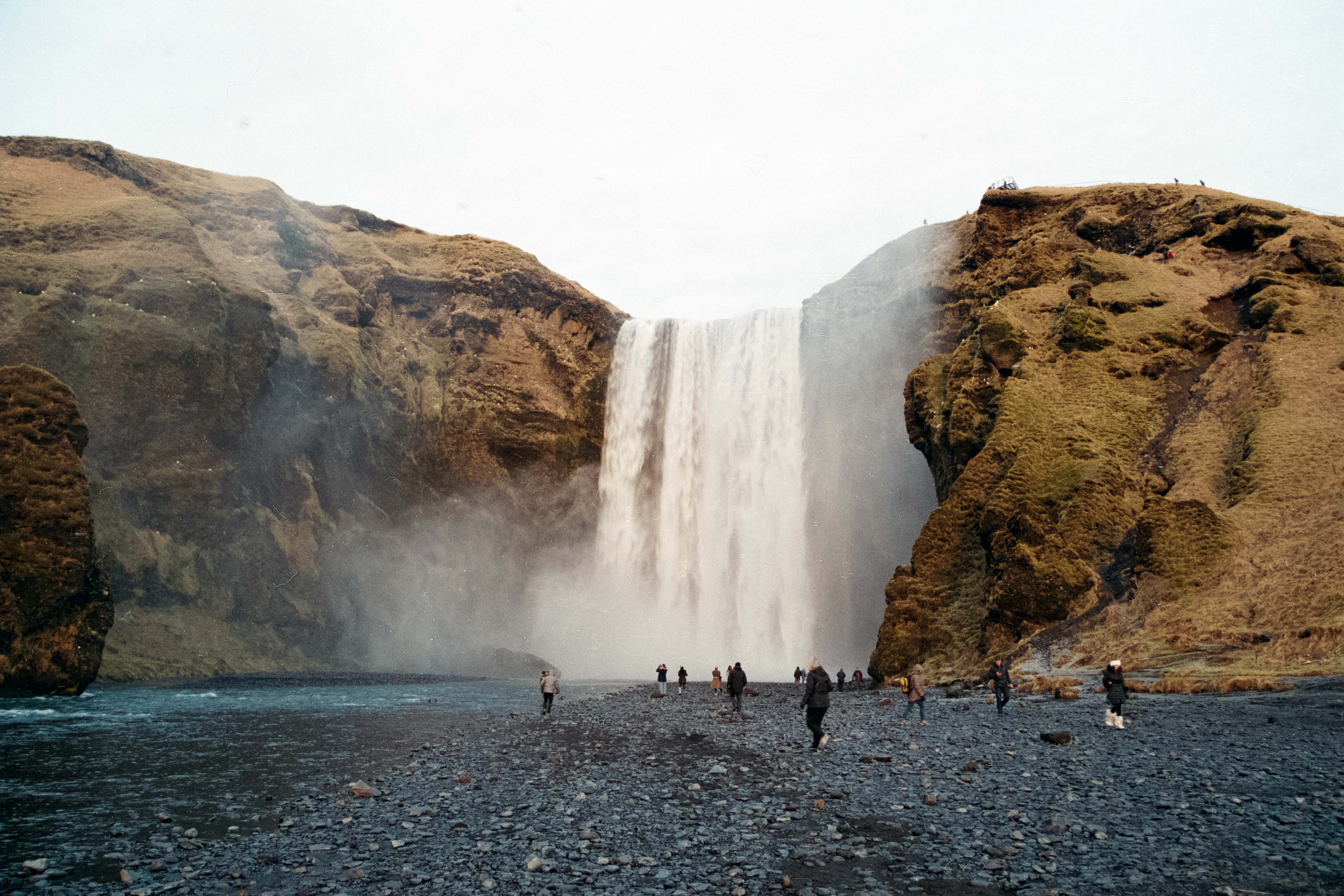
Fujifilm Superia X-TRA 400 Verdict
Fujifilm Superia X-TRA 400 is one of the most readily available films and is one of the few remaining in Fujifilm's very diminished options. It has been significantly affected by recent price gouges, but is it still worth it though? The answer would be yes.
Very versatile, the film handles indoor and outdoor lighting admirably, and when properly exposed exhibits very minimal and smooth grain. The colors are muted compared to other films, but with a heavy magenta tint and a much cooler palette that might not be to everyone's liking.

You might also like
While film overall is dwindling in supply, there are still a few film stocks that are going strong. Kodak Porta 400 or Kodak UltraMax 400 are the closest rivals to Fujifilm's Superia, although Kodak tends to come in a little pricier, although this gap is narrowing. There is also a solid range of black and white films from Ilford and fun experimental color films from Lomography.
Love shooting film? Check out the best film cameras that are still available today.
You might also like the best darkroom equipment, the best film scanners, and the best Lomography cameras.

Gareth is a photographer based in London, working as a freelance photographer and videographer for the past several years, having the privilege to shoot for some household names. With work focusing on fashion, portrait and lifestyle content creation, he has developed a range of skills covering everything from editorial shoots to social media videos. Outside of work, he has a personal passion for travel and nature photography, with a devotion to sustainability and environmental causes.
